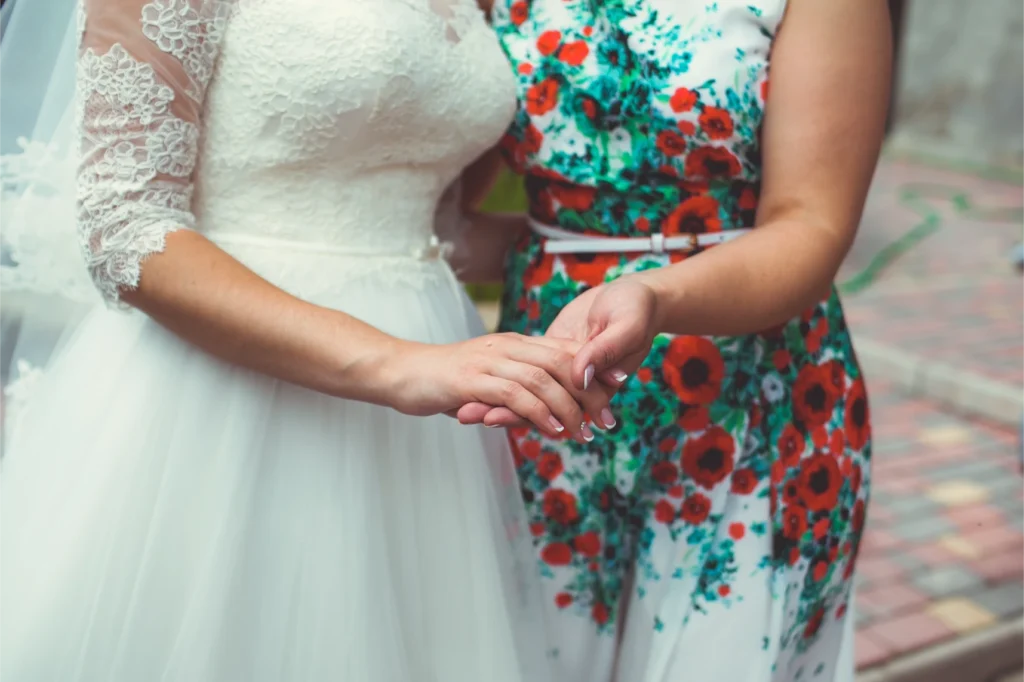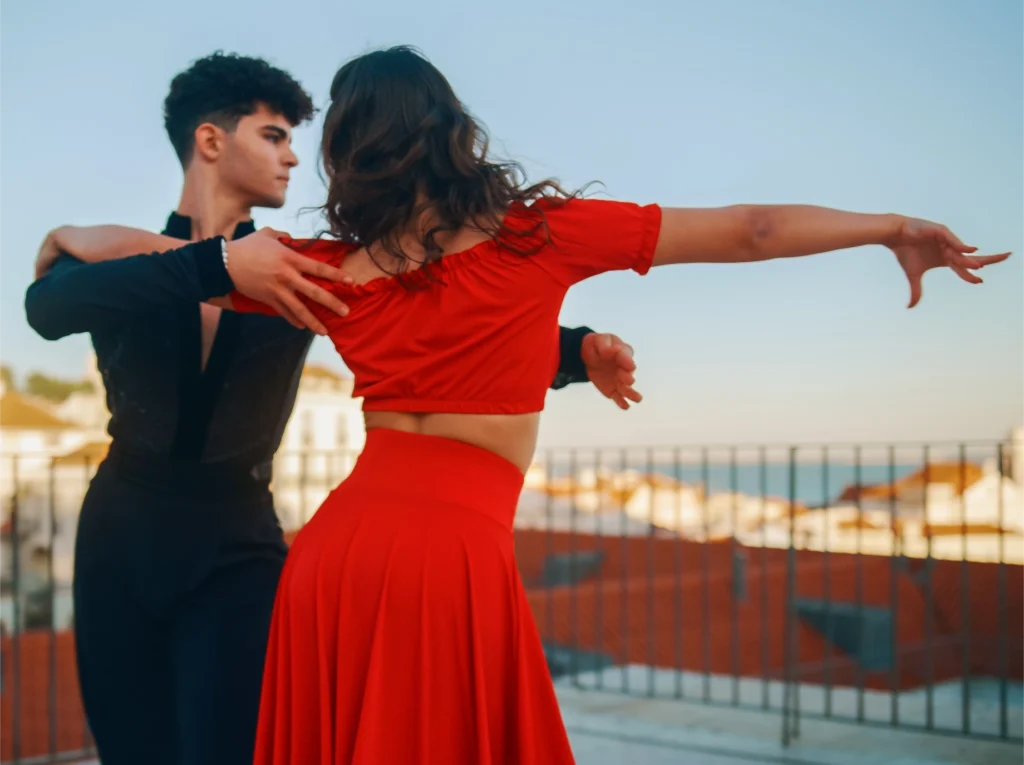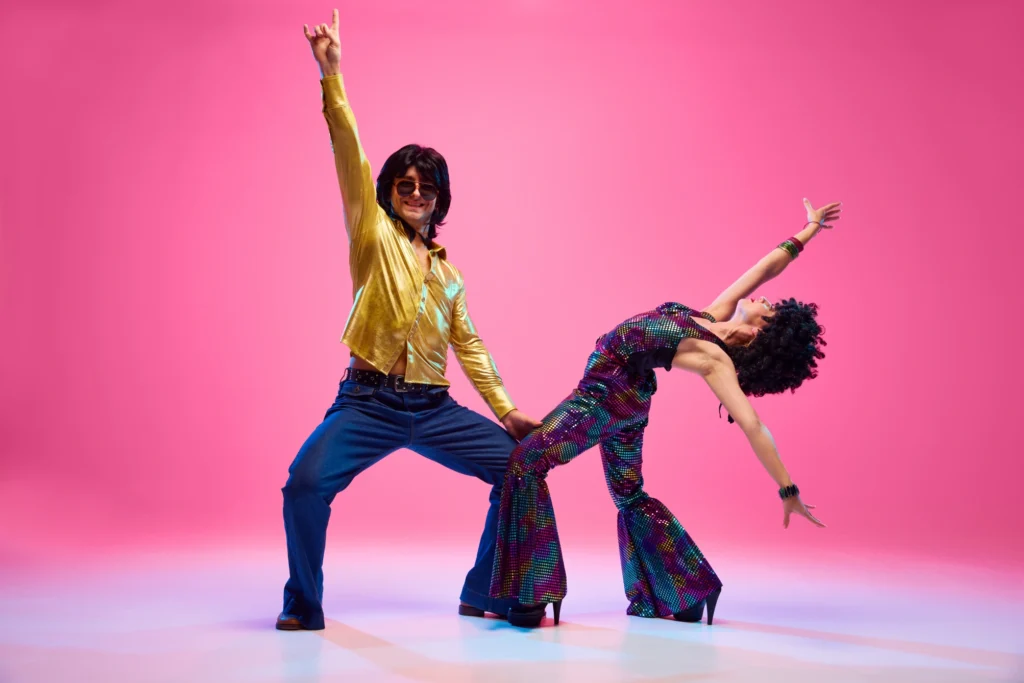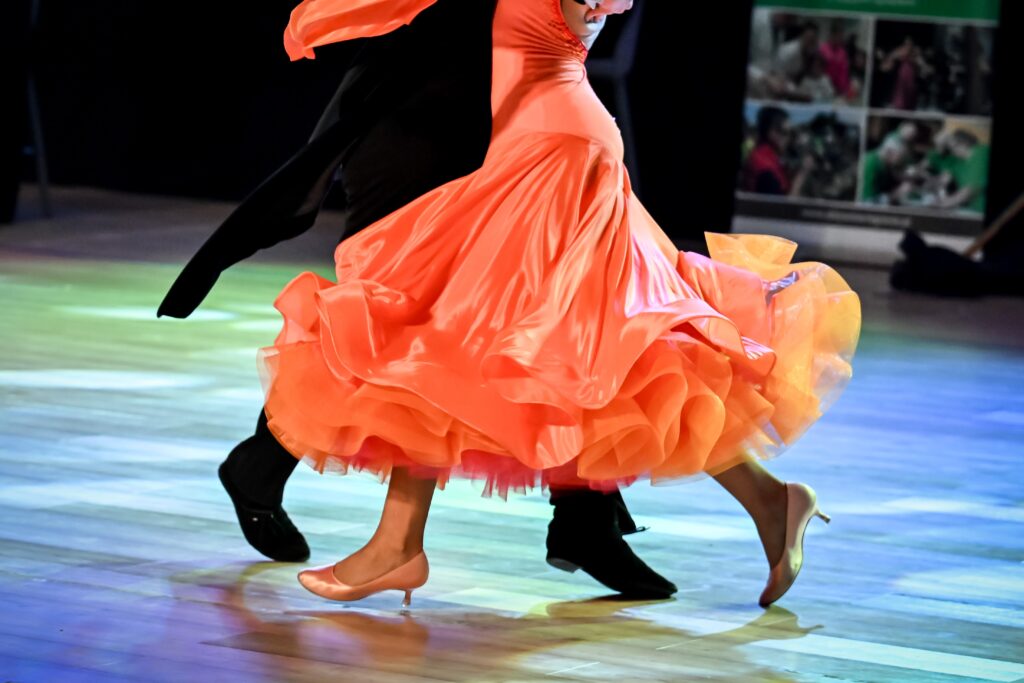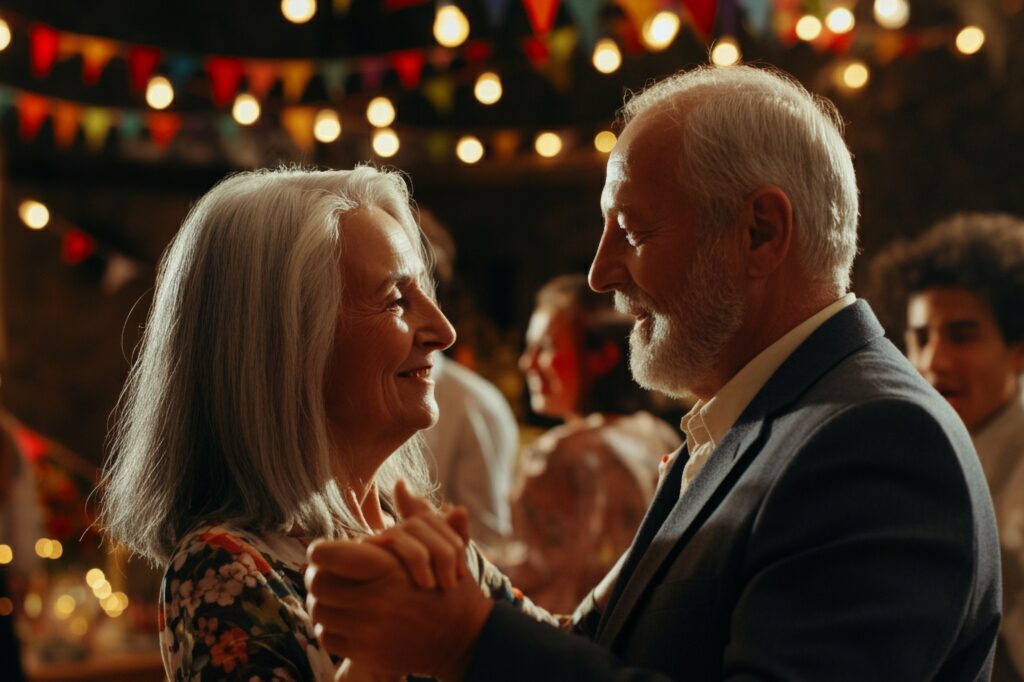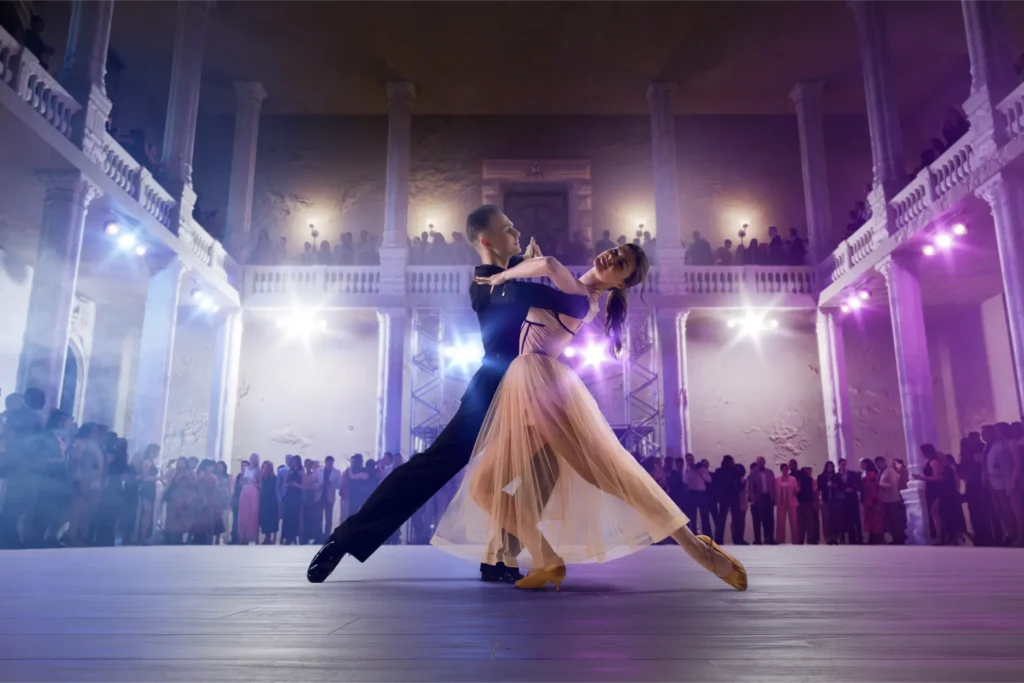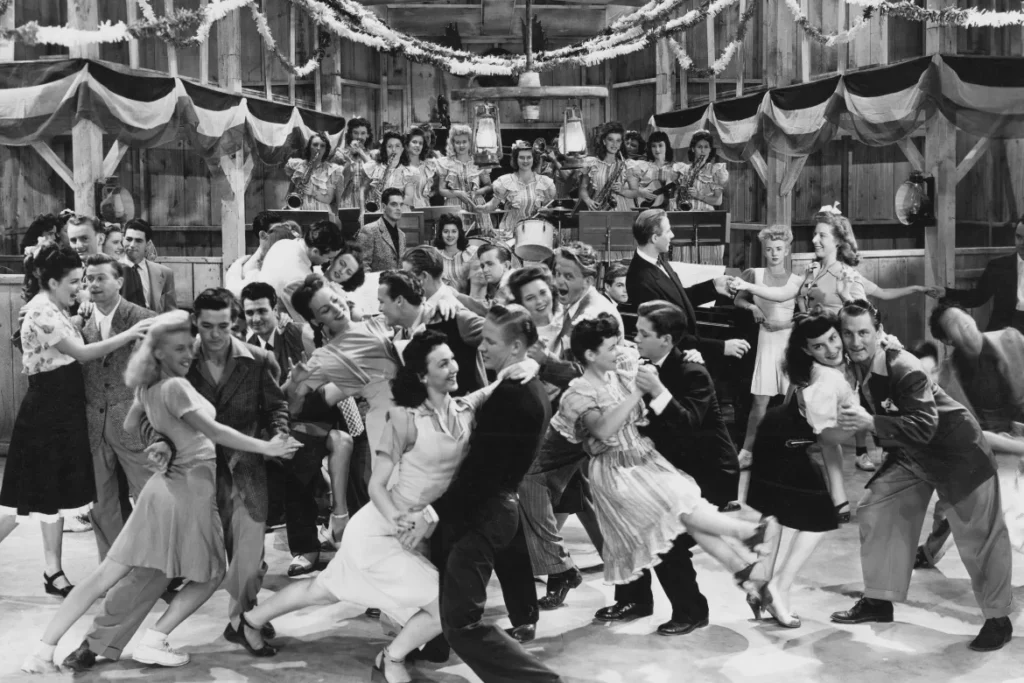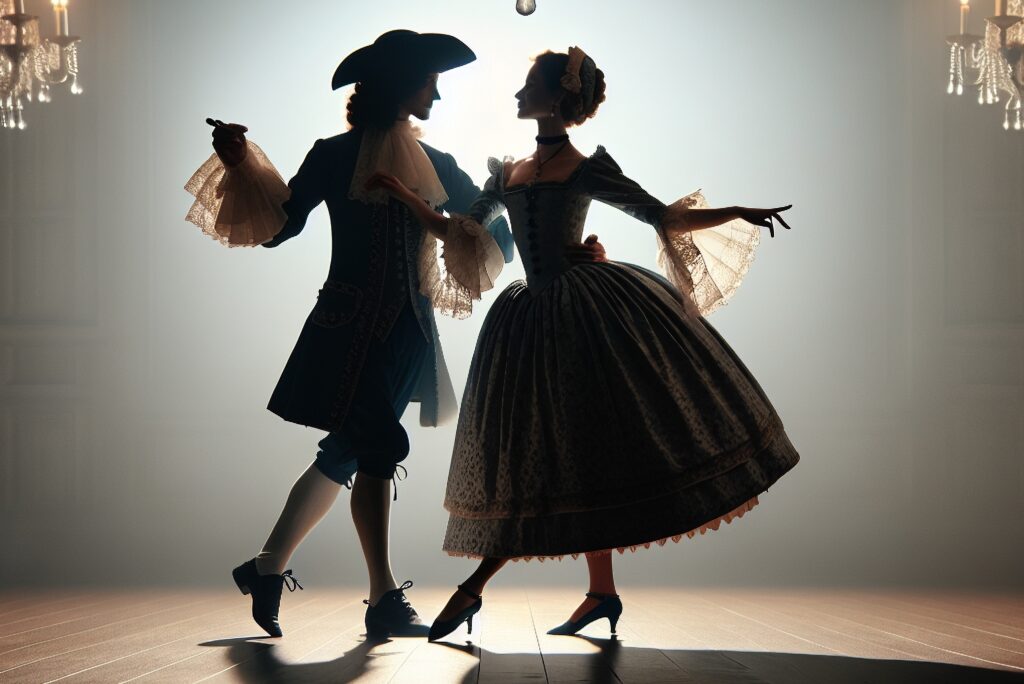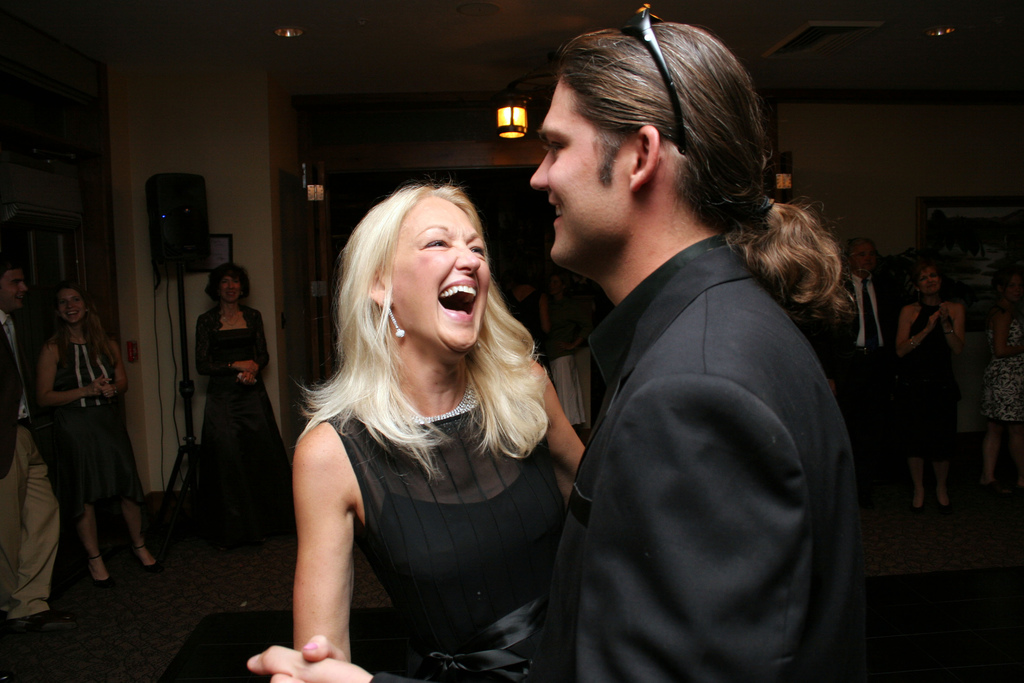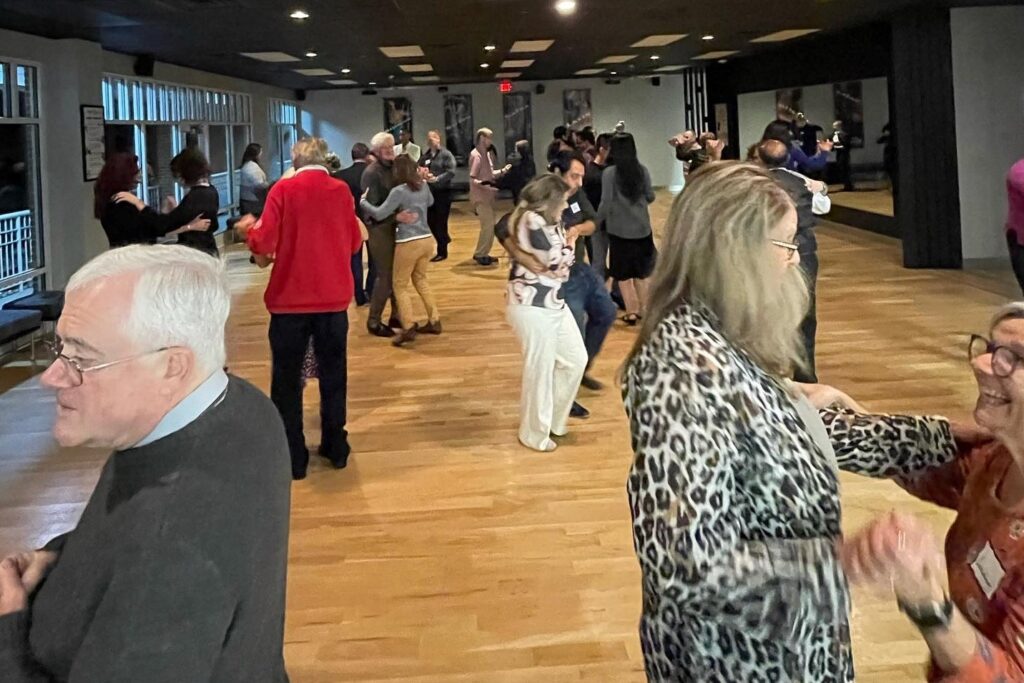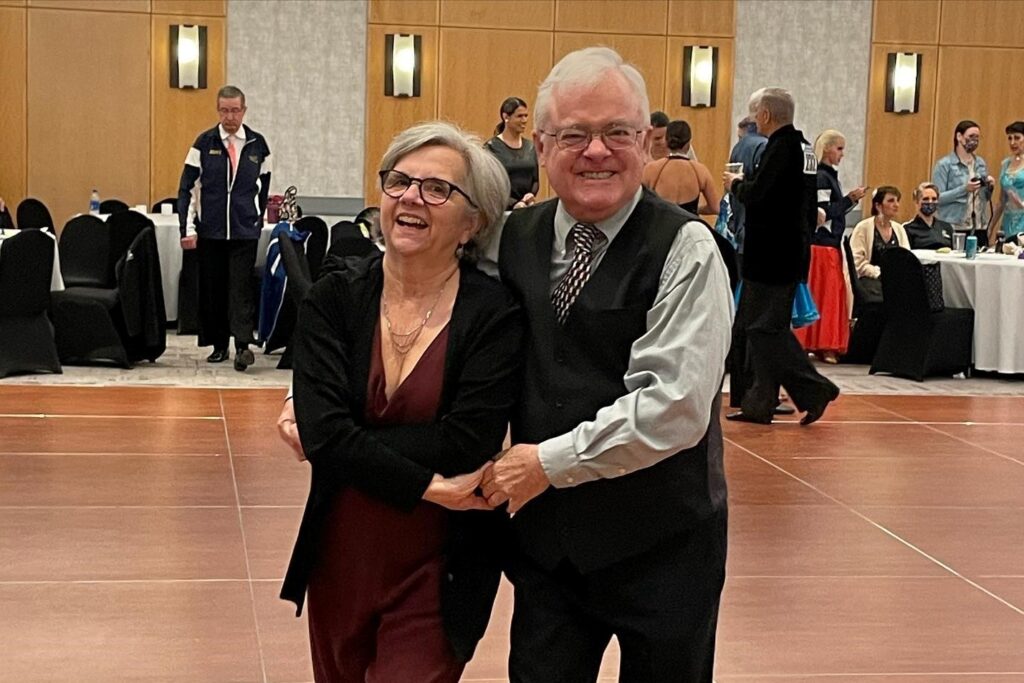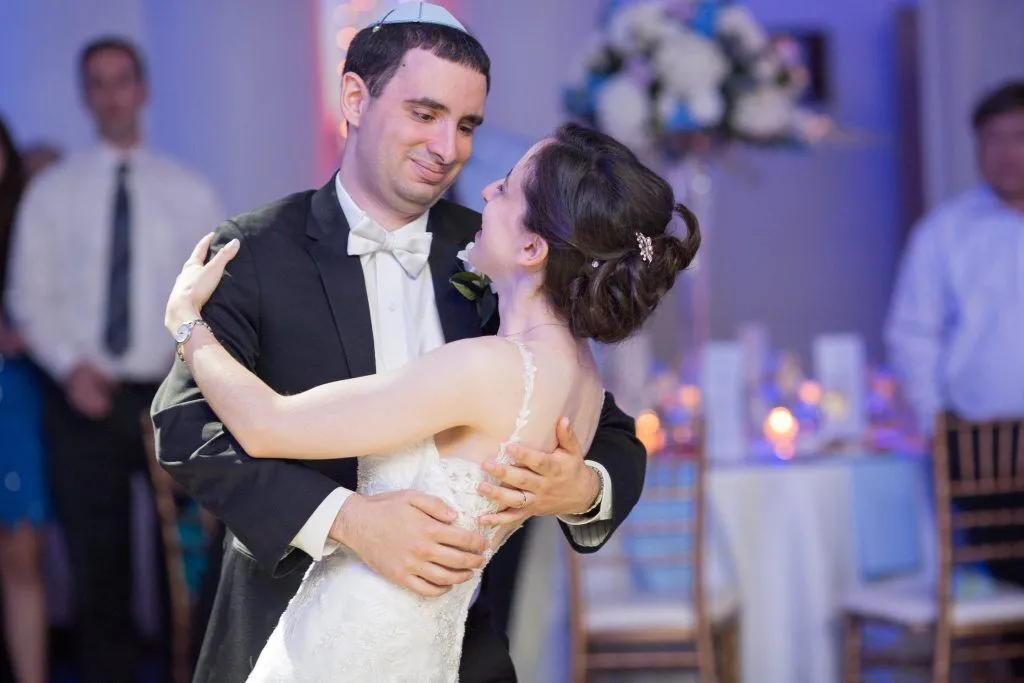Most people think of accordions, oompah bands, and a German beer hall when they hear the word “polka,” but the true story of this energetic dance is far more surprising. Originally a rebellious Czech folk dance created by a young woman in the 1830s, the polka dance became a global craze that threatened to topple the formal traditions of European ballrooms. This article will take you on a journey to discover the secret of its explosive popularity, trace its evolution from a village step to a worldwide phenomenon, and uncover why this seemingly simple dance captured the hearts of millions. Here’s a look at the real history behind the rhythm that has been uniting people for nearly two centuries.
The Surprising Origins: Where Did Polka Originate?
The history of the polka is often shrouded in myth, but the most widely accepted theory traces its beginnings to the mid-19th century in Central Europe. The prevailing question of polka origin leads us to the Bohemian region, now part of the Czech Republic.
The story goes that a young girl named Anna Slezáková, a local servant, created the dance steps in the village of Kostelec nad Labem. The year was approximately 1830, and her spontaneous, energetic movements were a stark contrast to the formal dances of the time, such as the waltz.
She was said to have been dancing to a simple tune with a lively tempo, a dance that was described as “půlka,” meaning “half-step” in Czech, likely referring to the quick half-steps that characterize the dance’s footwork.
From Village to City: The Polka’s Rapid Ascent
While the initial folk dance may have been a local invention, its true rise to prominence began when it was adopted by urban society. The polka was taken to Prague, where its infectious rhythm and simple, repeatable steps quickly caught on.
It was then introduced to Paris in 1840 by a Czech dance teacher, and from there, its popularity exploded across the continent. The polka arrived in Paris at a time when society was hungry for new forms of entertainment. It offered a sense of spontaneity and freedom that rigid court dances lacked.
Its arrival in the ballrooms of Paris caused a sensation, with dancers embracing the close-hold partner work and energetic hopping. The dance was seen as both scandalous and exhilarating, a perfect reflection of the social changes sweeping through Europe.
The Polka Craze of the 1840s and 1850s
The mid-19th century saw a genuine “polkamania” sweep across Europe and beyond. The polka music and its associated dance quickly became the fashionable sensation of the era.
The dance’s simple structure made it accessible to people of all social classes, a factor that contributed to its rapid and widespread adoption. It was a true social equalizer, seen in the grand ballrooms of Vienna as well as in the humble taverns of rural Germany.
The dance’s popularity was so great that composers like Johann Strauss the Elder and his son, Johann Strauss the Younger, incorporated polka compositions into their repertoires.
The dance manuals of the time were filled with instructions for the polka, and fashion even adapted to the new dance, with lighter, shorter dresses becoming popular to allow for freer movement. This global phenomenon demonstrated the power of a simple, joyful dance to transcend borders and captivate an entire generation.
From Central Europe to the World: Where Does Polka Come From?
The question of where polka comes from is best answered by looking beyond its initial birthplace in Bohemia and tracing its journey as it migrated across the globe. As it spread, the polka was not merely copied; it was adapted, transformed, and infused with the unique cultural flavors of each new region it encountered.
This adaptability is key to understanding its lasting legacy. From the German-speaking regions of Europe to the bustling metropolises of America, the dance form became a vessel for cultural expression and a symbol of immigrant identity.
The German and Austrian Polka Tradition
As the polka traveled through Central Europe, it found a second home in Germany and Austria. The German tradition often incorporated more emphasis on a strong, consistent rhythm and sometimes featured a slightly more upright posture.
In Bavaria, the polka became a staple of folk festivals and beer gardens, where its lively tempo and joyful character were a perfect match for the festive atmosphere. The music was often played by brass bands or small ensembles featuring accordions and clarinets, creating a sound that is instantly recognizable today.
The Austrian style, while similar, was often performed with a bit more grace and elegance, reflecting the country’s rich ballroom dance tradition.
The Polka’s American Journey
When Central European immigrants, particularly from Germany, Poland, and the Czech Republic, arrived in the United States in the late 19th and early 20th centuries, they brought their cherished traditions with them.
The polka was one of the most important of these cultural exports, serving as a powerful link to their homeland and a way to build community in their new country. In cities like Chicago, Milwaukee, and polka hotbeds in states like Wisconsin and Minnesota, neighborhood halls and dance clubs became centers for dancing polka, where immigrants could gather to share food, music, and a sense of belonging.
The American polka scene quickly evolved, with regional styles emerging that blended European traditions with American musical sensibilities, incorporating instruments like the banjo and drums. This blend created unique sounds like the Slovenian-style polka, the Chicago-style push polka, and the Polish-American polka, each with its own distinct flavor and rhythm.
The Enduring Legacy of a Global Dance
Today, the polka is more than just a historical footnote. It remains a living, breathing dance form celebrated in communities around the world. It’s a staple at weddings, festivals, and cultural events, a testament to its timeless appeal.
The dance’s simplicity and universal joy continue to bring people together, transcending linguistic and cultural barriers. From the high-energy “oompah” of German brass bands to the fast-paced, accordion-heavy sounds of American polka, the dance has proven its ability to adapt and thrive. Its legacy is not just in the steps, but in the sense of community and celebration it has fostered for nearly two centuries.
The Polka: A Rhythm That Endures
From a humble village step to a global dance craze, the polka’s journey is a testament to the power of a simple, joyful rhythm. It bridged social divides, brought communities together, and provided a cultural lifeline for immigrants seeking to preserve their heritage.
While its peak popularity may have been in the 19th century, its influence lives on in countless musical genres and cultural traditions. The next time you hear that lively accordion, remember the rich history behind the beat and the countless dancers who have found joy and connection through this timeless dancing form.
FAQ
What is the basic step of the polka?
The basic polka step is a simple 1-2-3 hop, a quick step, step, hop rhythm, often in a two-beat or four-beat measure. It is a partner dance where the man leads and the couple moves in a counter-clockwise direction around the dance floor. The basic step can be adapted and varied with turns, spins, and different footwork patterns.
Is polka only popular in Central Europe?
No, while the polka originated in Central Europe, it became a global sensation. It is still very popular in the United States, particularly in regions with large German, Polish, Czech, and Slovenian populations. It also has a strong presence in Mexico, where it was introduced in the late 19th century and evolved into a unique regional style.
What instruments are commonly used in polka music?
Traditional polka music features a variety of instruments. The most common are the accordion, tuba, and drums. Other instruments often included are the clarinet, trumpet, trombone, violin, and banjo, depending on the regional style.
Is polka still relevant today?
Yes, polka is very much alive and well. It is celebrated at festivals like Oktoberfest, and polka bands continue to perform and release new music. There is a strong community of polka enthusiasts and dancers who keep the tradition alive, ensuring its continued relevance for generations to come.
How did the word “polka” get its name?
The word “polka” is believed to be derived from the Czech word “půlka,” meaning “half-step,” which refers to the short, quick steps of the dance. It is sometimes mistakenly associated with the Polish people (Polka in Polish refers to a Polish woman), but its origins are definitively Czech.


